South Sea Pearls
There are many different types of Pearls, however most experts and the team at Pearl Wholesaler believes that Australian South Sea Cultured Pearls are the finest!
The Australian Pinctada Maxima oyster produce some of the largest and most lustrous Pearls available. They are the most highly sought after and valuable Pearls in the world. These Pearls are commonly grown in the pristine waters around Broome in Western Australia, through the Kimberley region and in some areas of Northern Territory.
South Sea Pearls can be defined by the following three categories:
Natural – Pearls occur naturally in oysters and other molluscs as a defence against attack or infection. Naturally occurring Pearls are very rare and highly valued. Some experts estimate that natural pearls only occur every 1 in 10,000 – 15,000 oysters!
Cultured Pearls – In layman’s terms, South Sea Pearls are grown by inserting a bead and mantle tissue into the oyster which triggers its defence mechanism. The oyster then coats the bead in Nacre (pronounced Nay-ker) to protect itself which produces the Pearl as we know it. Natural Pearls are so rare that nearly all South Sea Pearls on the market are cultured.
Keshi Pearls – Keshi Pearls are irregularly shaped Pearls that do not have a bead nucleus. They form their unique baroque shapes over several years and are composed entirely of Nacre. They are usually sold by their weight, not their size.
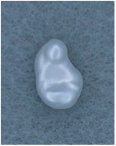
Keshi Pearl
“What’s the difference between South Sea Pearls and Freshwater Pearls?”
This question is often asked by new Pearl buyers as there is such a large difference in price.
Basically, a single freshwater mollusc may produce 30-40 relatively small Pearls in a short period of time. These Pearls are often polished and dyed to give them their final look and sold in bulk.
On the other hand, a Pinctada Maxima oyster usually only produces one Pearl at a time and may take 2-4 years for this to fully develop. South Sea Pearls are usually much larger and have a beautiful, lustrous skin.
When choosing your South Sea Pearls always consider the following values:
SIZE
SHAPE
COLOUR
LUSTRE
COMPLEXION
Size

Size is an important factor when choosing Pearls, both for functionality and price. Generally speaking, the larger the Pearl the more expensive it is, however price also depends on lustre and other factors.
Australian South Sea Pearls can grow much larger than other Pearls and the most common Pearl Wholesaler sizes range from 10mm–15mm. South Sea Pearls also grow from 16mm-20mm (and in extremely rare cases up to 23mm) but expect the price to increase exponentially with their size.
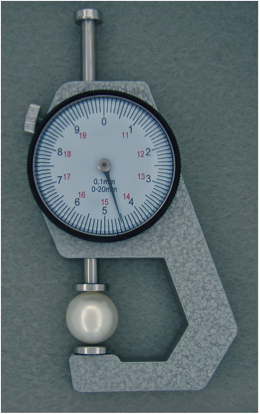
Shape

As Pearls are from a living creature, the shapes produced are often varied. Generally speaking, a round Pearl is the most prized and valuable shape, however the buyer should choose Pearls based on their personal preference.
Baroque or Keshi Pearls may be chosen for their individuality, drop shaped may look great in pendants and button shaped Pearls may suit large stud earrings better. The choice is up to you!
Colour
South Sea Pearls come in a wide variety of colours and these differences are a product of its natural environment. Australian South Sea Pearls from the Pinctada Maxima are often white, silver, ivory, gold or champagne coloured.
South Sea Pearls may also have a secondary colour known as ‘overtone’ which gives a unique look to the Pearl. Common overtone colours may be pink (rosé), green or a combination.
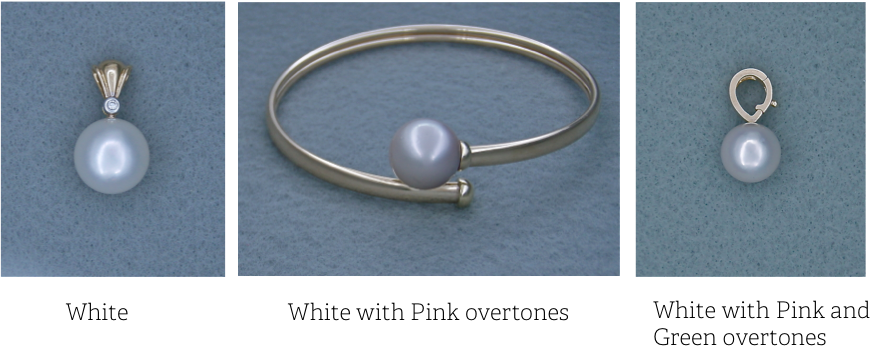
Lustre
Perhaps the most important factor when choosing a Pearl is its lustre. Lustre is the natural glow or warmth of the Pearl caused by light reflecting off its nacre.
Similar to a Diamond’s ‘fire’, Pearls are judged by their lustre. A small Pearl with excellent lustre may be more valuable than a large Pearl with poor lustre.
A crisp, clean reflection on the surface of a genuine Australian South Sea Pearl can also indicate its quality.
The unique glow of Australian South Sea Pearls is due to the structure of its nacre, often taking 2-4 years to develop. This thick nacre helps refract and reflect light which makes the Pearl appear to glow from the inside.
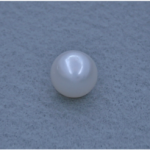
Complexion
Australian South Sea Pearls are sold as nature created them, not dyed or polished in a factory. They may have blemishes, marks or imperfections on their skin. A perfect, flawless Pearl is very rare and will be valued accordingly. More commonly, Pearls often have minor marks or ‘beauty spots’ to showcase their individuality.
As per our Pearl Grading Chart on the pages below, Pearl Wholesaler only sells top quality Pearls with few marks. The most common mark is a pinpoint as seen in the next photo. The best quality Pearls may have only have 1 or 2 marks, which if set properly by a jeweller may present as virtually flawless. Beware companies or sites selling you ‘perfect’ or ‘blemish free’ Pearls at cheap prices as they are probably not South Sea Pearls at all.
Complexion or surface quality is usually described by the following terms:
Clean – The Pearl is absolutely clean or may have 1 mark
Lightly spotted – The Pearl only has 1 or 2 minor marks visible
Moderately spotted – The Pearl has multiple marks
Heavily blemished – Multiple blemishes which may affect the Pearl surface
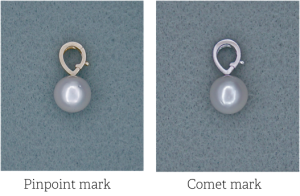
Pearl Wholesaler Grading Chart
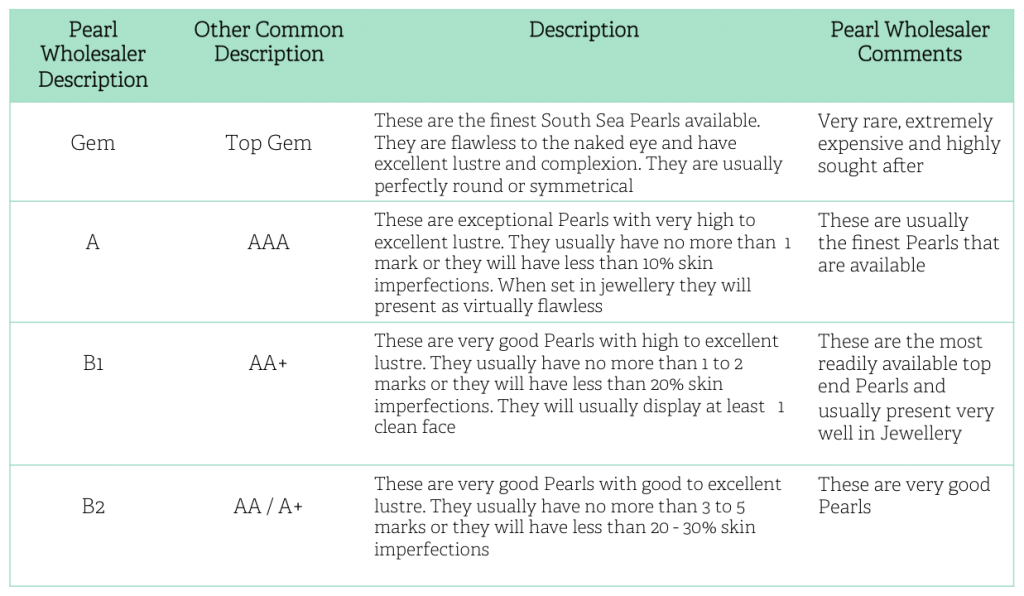
Note: There are many other commonly used descriptions for Pearls around the world. In order to keep things simple and to avoid confusion, Pearl Wholesaler uses the grading system above. We provide a variety of Pearl and Jewellery options to suit different budgets.
Strands
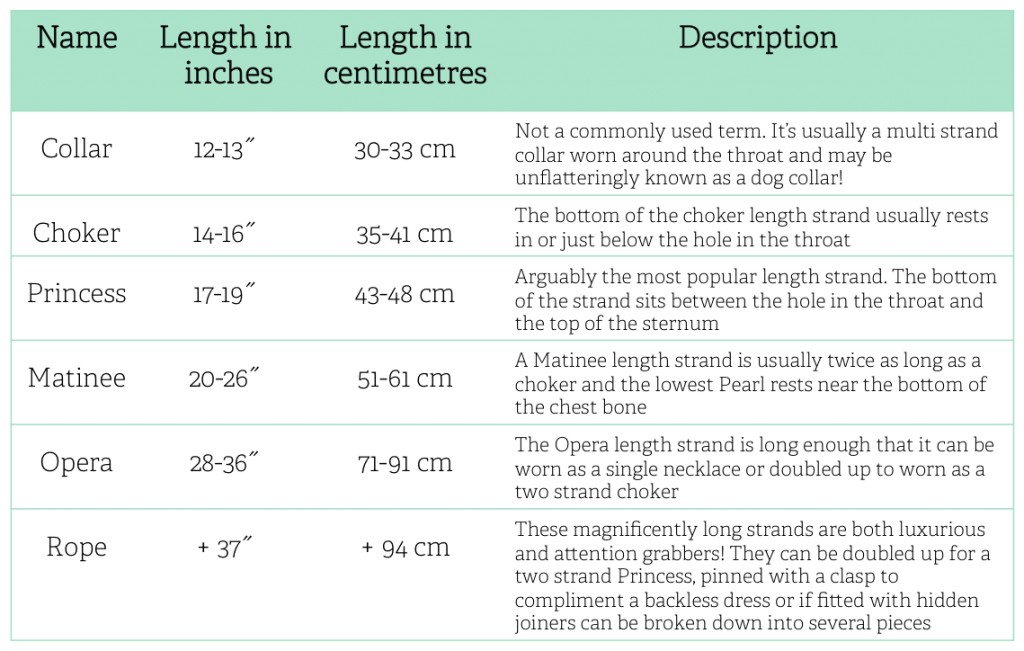
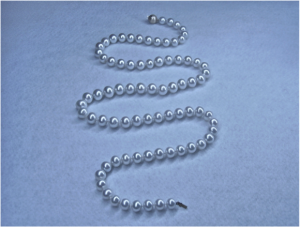
Pearl Wholesaler Strand
Pearl Wholesaler products
Pearl Wholesaler only sells the finest quality South Sea Pearls.
We guarantee all of our Pearls and jewellery with a 30 day money back guarantee
All of our Pearls come with the following:
Certificate of Authenticity– Our Pearls and jewellery come with a signed Certificate of Authenticity, including replacement cost for Insurance valuations.
Free shipping – We provide free shipping Australia wide and standard rate shipping worldwide.
As a special service, we also offer free delivery to hotels and tourist parks in Broome to visitors on request (conditions apply)
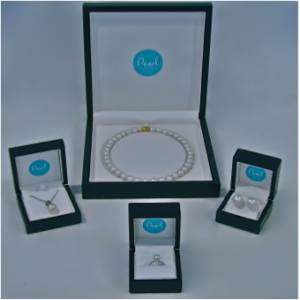
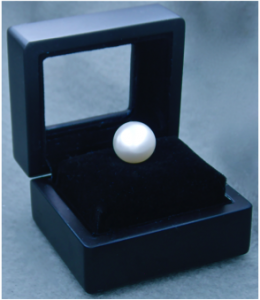
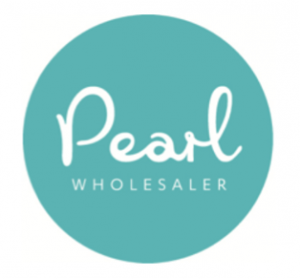
Note: All Pearls and Jewellery in this guide are actual Pearl Wholesaler stock at time of publication and available for purchase from our site!
All images © Pearl Wholesaler Pty Ltd 2018